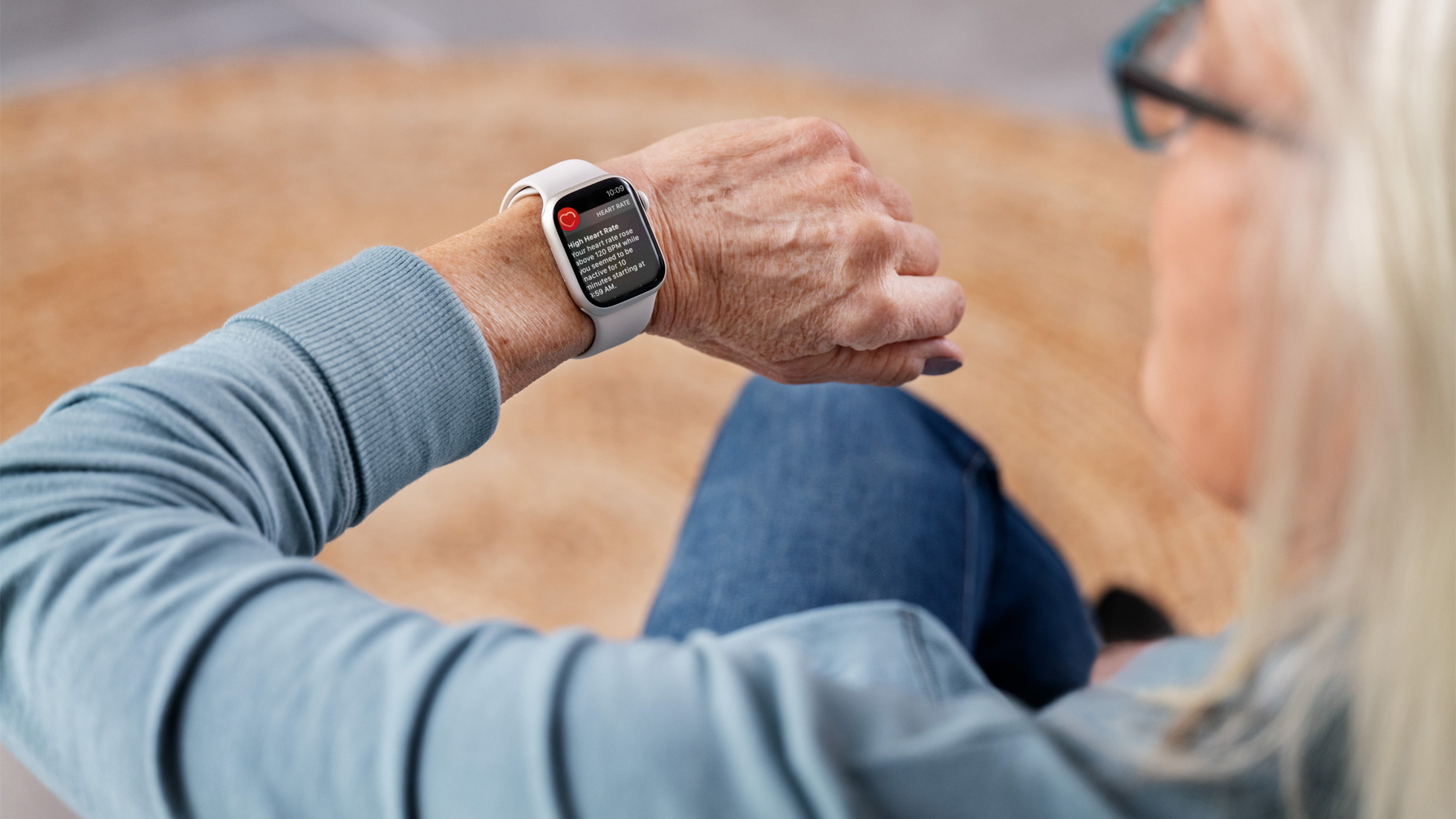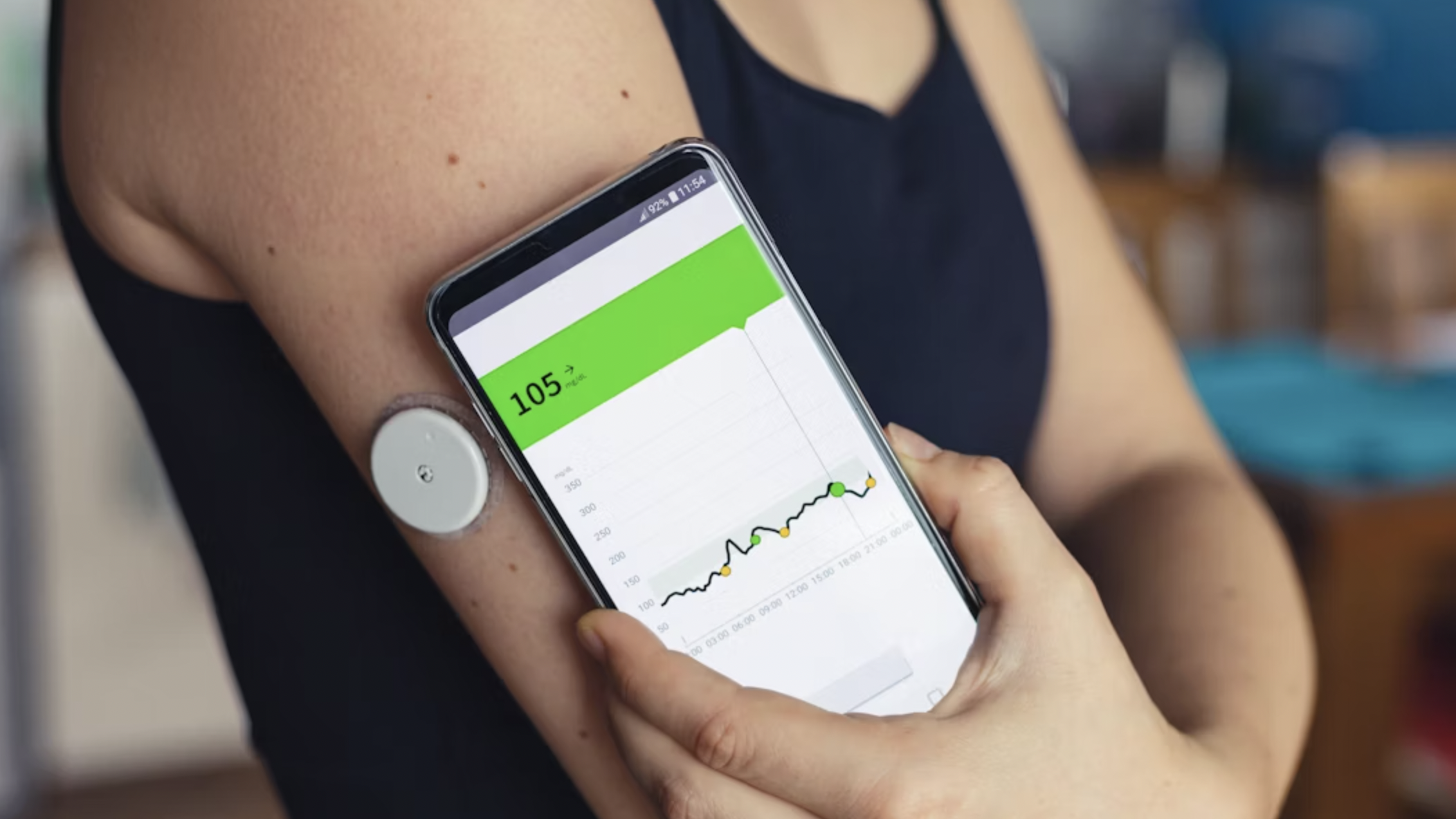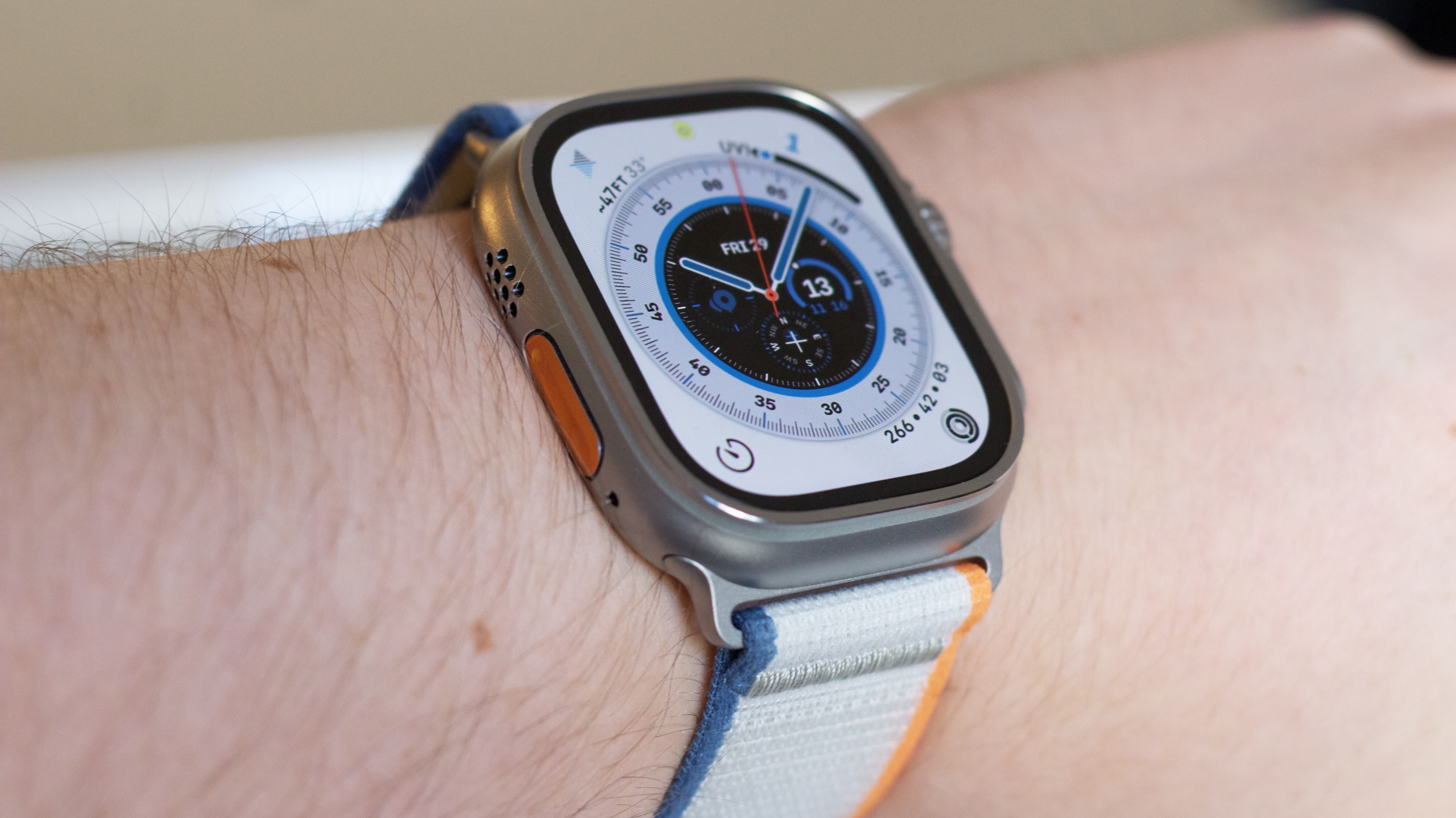What is blood glucose tracking and can the Apple Watch do it?
The challenges of blood glucose monitoring.

Blood glucose monitoring technology is essential for people living with diabetes and can be life-saving. There are currently several different methods and devices that will measure blood glucose levels. Some of these are also marketed at people who don’t have diabetes but can gain other insights from blood glucose readings that might help with diet and lifestyle changes. But will a glucose monitor soon be available on the Apple Watch?
Apple has consistently added new health sensors and features to its wearables, like heart rate monitoring and atrial fibrillation (AF) detection, and reports suggest Apple has long been interested in blood glucose monitoring. There were even hints it would be coming to the Apple Watch Series 9, but that didn't happen.
However, measuring glucose levels accurately and non-invasively presents significant challenges compared to simpler metrics, like heart rate. Experts also warn that third-party devices shouldn’t be relied on unless they’ve been rigorously tested. Let’s look at what blood glucose monitoring is and what the future holds for the Apple Watch and beyond.
What is blood glucose tracking?
Blood glucose monitoring is critical for managing diabetes, a condition that means someone cannot regulate their blood sugar on their own. Traditionally, monitoring involves drawing blood through a finger prick and testing that blood on a glucose meter. Although this method is effective, it can be painful and inconvenient, especially for those who need to monitor their glucose levels multiple times throughout the day.
Advancements in technology have introduced continuous glucose monitors (CGMs), which stick to the skin and measure glucose levels in interstitial fluid. Although these devices provide more convenience and less discomfort, they still require you to insert a sensor under the skin and can lag in real-time accuracy by about 15 minutes – a significant delay for someone with diabetes.
The quest for non-invasive monitoring
Non-invasive glucose monitoring has been a "holy grail" in medical technology. Non-invasive methods would eliminate the discomfort of pricking and the hassle of managing tricky sensors. Companies like Apple are rumored to be developing technologies that could monitor glucose without breaking the skin, using advanced methods like optical sensors or even laser technology.
However, it's crucial to acknowledge the significant challenges that non-invasive techniques face. The accuracy of these methods must match traditional ones to ensure their reliability for medical use. What's more, any new technology, no matter how promising, must navigate the complex landscape of regulatory approval, including the FDA in the US, which has expressed caution in the past about non-invasive devices.
Master your iPhone in minutes
iMore offers spot-on advice and guidance from our team of experts, with decades of Apple device experience to lean on. Learn more with iMore!

Continuous glucose monitoring for everyone?
Glucose monitoring is also gaining popularity beyond the diabetic community. Athletes and people interested in improving their lifestyles are starting to use CGMs to optimize their wellness and performance. Some of the most notable brands in this space that have made headlines recently are Zoe and Nutrisense, which use the same kind of tech aimed at those with diabetes but the data really simply syncs up with your iPhone – making it super accessible to get started.
For people who do not have diabetes, glucose monitoring offers insights into how diet and lifestyle choices can affect your body, potentially leading to better nutritional choices and improved health. However, there's ongoing debate about the benefits of continuous glucose monitoring for people without diabetes, with some experts suggesting it might lead to unnecessary health anxiety and not to mention unnecessary expense – many of the devices aimed at consumers come with hefty subscription plans.
Which blood glucose monitors currently exist?
Right now a lot of different devices and methods exist. Some of the most popular include connected devices that require you to take a reading directly from your blood, like the One Drop. But there are many CGMs that can be worn on your arm —take a look at our Dexcom G7 vs Freestyle Libre 3 guide to see how two of the top devices for people with diabetes compare.
We know that, in the past, the FDA has been very vocal about how unreliable some CGM wearables can be at measuring blood glucose, as Reuters reported back in February. The health regulator said that it was busy "working to ensure that manufacturers, distributors, and sellers do not illegally market unauthorized gadgets that claim to measure blood glucose levels."
But since then the FDA has approved one notable device, the Dexcom's Stelo Glucose Biosensor System, one of the first of its kind that's being offered without a prescription. The product is able to connect to an iPhone with Bluetooth. The FDA originally said that it shouldn't be used for anyone diagnosed with low blood sugar, but now it's being explicitly aimed at those with type 2 diabetes.
As mentioned above, plenty of devices also exist that are aimed at those wanting to make lifestyle adjustments. For example, Zoe promises to "optimize your energy, mood, and metabolism with unique insights into your glucose levels in real-time", like CGMs that have been around for years, it attaches to the back of your arm with a needle-like sensor.
Although these devices have come a long way and are much more convenient than using a lancet to manually test your blood, will this kind of measurement ever come to the Apple Watch?

Can the Apple Watch track blood glucose levels?
At the time of writing, the latest Apple Watch Series 9, and nor does the higher-end Apple Watch Ultra 2 doesn't feature built-in glucose monitoring. Instead, users with diabetes or those interested in tracking their glucose levels must rely on one of the separate CGMs above, and some can actually integrate with your Apple Watch via their apps. This brings you convenient access to glucose data directly on your wrist, alerting you to significant changes in your glucose levels in real-time.
However, we know from Bloomberg reports over the past few years that Apple is actively working on ways to add all-important glucose monitoring to the Apple Watch. It's backed investments and filed patents hinting at ongoing research in this area. So how would it work?
Apple has acquired companies specializing in health sensor technology, like RareLight, and it’s been reportedly developing a non-intrusive monitoring solution that could use what's known as a silicon photonics chip. This would shine a light on your skin in order to identify the glucose there without the need for a sensor under it.
However, these innovations are still in the early stages of development. Even when they’re finalized, regulatory bodies will need to approve of them and they’ll have to fit inside the tiny Apple Watch. There's work to be done then, but there are many wrists waiting for the innovation to finally break through.

Becca Caddy is a contributor to iMore, as well as a freelance journalist and author. She’s been writing about consumer tech and popular science for more than a decade, covering all kinds of topics, including why robots have eyes and whether we’ll experience the overview effect one day. She’s particularly interested in VR/AR, wearables, digital health, space tech and chatting to experts and academics about the future. She’s contributed to TechRadar, T3, Wired, New Scientist, The Guardian, Inverse and many more. Her first book, Screen Time, came out in January 2021 with Bonnier Books. She loves science-fiction, brutalist architecture, and spending too much time floating through space in virtual reality. Last time she checked, she still holds a Guinness World Record alongside iMore Editor in Chief Gerald Lynch for playing the largest game of Tetris ever made, too.
